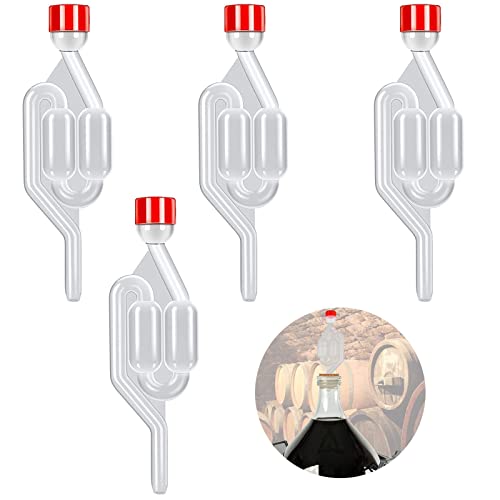I tested with probe both in the brew and held against the fermenter wall with a sponge over it to insulate from ambient air, difference less than 0.5°C so use the sponge method all the time now. In the fridge and freezer put in an extra sensor to monitor ambient air temperature, new brew little on warm side 22°C wanted 19°C the freezer kicked in and air temperature dropped to 8°C before it cut out, however the brew temperature did not go below 19°C by even 1°C the air temperature and fermenter temperature rose again and it cut in a second time within the hour to complete the cooling. Monitoring fridge when motor cuts in seems fridge is not cooled until freezer is down to temperature, so no cooling in fridge. There is a short draw in freezer where the motor is, in the short draw on a metal plate I have an ikea cupboard lamp with 2 x 8W CFL bulbs which is just enough in winter when not living in house, garage is integral not heated but clearly does get some heat from house, as when at home a single 8W CFL bulb is enough.
The fridge also sensor under sponge, the heater is a demo under floor heating tile which draws 18 watt, good in that it heats from bottom of fermenter, but really has too much mass, must weigh a kilo so has a tendency to over shoot, although hard to tell if due to fermenting or heating tile too heavy.
The reason for transfer is one, frees the freezer for next brew, two it gives a good head to syphon, so normal is around 7 days in freezer then one day in fridge to settle, then rack into clean fermenter and another 7 days in fridge before bottling, freezer normally set to 19°C and fridge to 23°C bottle into plastic bottles. This means if I make an error and bottle too early I can test without opening bottle, also quicker to fill 12 pop bottles than 40 one pint bottles.
Since the fridge/freezer is old, I know at some point it will need replacing, as a result kept an open mind to other methods, one point is freezer is frost free, which means when the motor is running there is a fan circulating the air, so cools the fermenter faster, and also there is no cold stored in the unit, so once it switches off temperature does start to rise. If I was using a chest freezer I would likely get different results.
So looked at the idea of either a Peltier unit, you can get them with pumps to circulate cold water, however the efficiency is very low, so it would need to be large and at 12 volt DC power supply is a problem, so then looked at the 32 litre freezer I have, remove door fit a tank with water and circulate that cold water, but then comes the question will tap water cool it enough, and answer is likely yes, so a tub with water and disinfectant mix and pump connected to thermostat seems likely the best option, you can drop in ice either direct or a frozen pop bottle to cool water cistern and because using a pump it will only use as and when required, that does seem the cheap option.
However that is a lot of messing around, so decided to wait until the fridge/freezer fails then select how to cool. But 24°C to 19°C was between 1/2 and 1 hour motor running, at 60W so looking at 0.045 kWh to cool to start with and around 0.1 kWh in total, sad me used a energy meter, 360 joules in a Wh so 36 joules, so a single 2 litre bottle of frozen water will likely keep it cool enough for day one.
Big question do we really need to control cooling, or would putting a frozen 2 litre bottle in with the fermenter on day one be good enough? i.e. just control heating and place a pop bottle in a towel to reduce transfer speed and cross fingers. I was all set to test, however moving away from home stopped it. I did however put some 2 litre pop bottles in freezer ready, it took days to freeze, so you would likely need to be freezing two or three bottles, by day three it really does not matter if temperature raises so it seems to be a reasonable method and cheap.
Although I have some remote temperature sensors which can be computer monitored so draw a graph to show the result, the fridge is an effective Faraday cage, so they will not work, so I need to visit once an hour and manually monitor.
So it again comes to is it worth it, or just get another brewing fridge?
































![BREWING THERMOMETER STICKERS ACCURATELY MONITOR FERMENTING BEER & WINE LIQUID TEMPERATURES 5PCS HOME BREW SPIRITS WINE LCD ADHESIVE [US]](https://m.media-amazon.com/images/I/311DDjo2X3L._SL500_.jpg)







